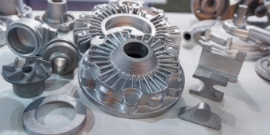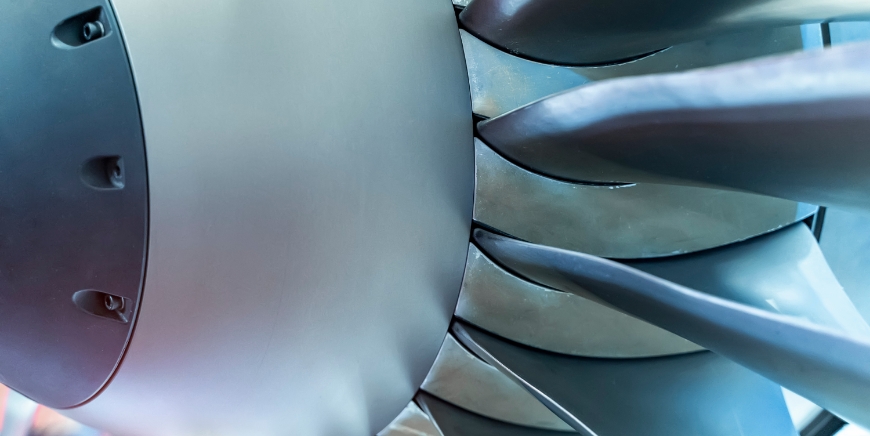Call Us: 440-946-5300
BLOG
Investment Casting vs. Sand Casting
Investment castings and sand castings both involve pouring molten metal into a mold. But there are many differences between the two casting methods.
This article will review investment casting vs. sand casting, explore each process and consider the question, "What is the best casting method?"

What Is Investment Casting?
Also known as the lost wax method, investment casting involves six basic steps:
- Wax is poured into an aluminum mold of the part to be cast.
- The wax shape is removed from the mold and attached to a "tree."
- The wax tree is repeatedly dipped into a ceramic slurry, which hardens into a shell and serves as an investment casting mold.
- The wax is melted out of the ceramic shell.
- Molten metal is poured into the shell.
- Once the metal has cooled, the shell is removed.
Investment castings can weigh as little as a fraction of an ounce or as much as several hundred pounds.
What Is Sand Casting?
As with the investment casting process, the origins of sand casting date back several thousand years. To create sand castings, a manufacturer:
- Places a pattern of the part to be cast into sand.
- Splits the sand mold in two and removes the pattern.
- Secures the two halves of the sand mold.
- Pours molten metal into the sand mold.
- Removes the sand after the metal has cooled.
The sizes of sand castings range from a couple of ounces to several tons.
The Ins and Outs of Investment Castings
Investment casting is a precision casting process that's well suited to aerospace and defense applications. It can produce highly intricate parts, pieces with very thin walls and components with complex internal configurations.
Other advantages of investment castings include:
- Design flexibility
- Minimal material waste
- Extremely close tolerances
- Less weight
The investment casting process produces superior surface finishes, so parts require less post-production machining. Investment castings have fewer joints and require less secondary assembly. Because of the precision of this metal casting method, an investment casting manufacturer can deliver a high level of repeatability and consistency.
The Ins and Outs of Sand Castings
Sand casting is a relatively simple process that uses low-cost molds. As with investment casting wax, the casting sand can be reused for new molds. The sand casting process can create large, complex parts, but it's not suitable for components with thin walls. Sand casting parts with cavities or internal voids can also be challenging.
Sand castings typically have low dimensional accuracy and rough surface finishes. They can require extensive secondary machining and finishing.

What Is the Best Casting Method?
The best casting method depends on the requirements of your specific application. If you're looking for large parts where surface quality isn't an issue, sand casting could be the right technology.
On the other hand, if your application requires intricate geometries or a high-quality finish, you'll want to consider investment casting.
Both methods have their place, and a skilled casting company can help you decide which option is best for your application.
Choose Bescast for Your Investment Castings
Now that we've reviewed investment casting vs. sand casting, you're ready for the next step. Bescast is an acknowledged leader in investment castings, particularly for defense and aerospace applications. Our capabilities include rapid prototyping, superior engineering and expert design assistance. Contact us today to see what Bescast can do for you.

CATEGORY
RECENT POSTS





